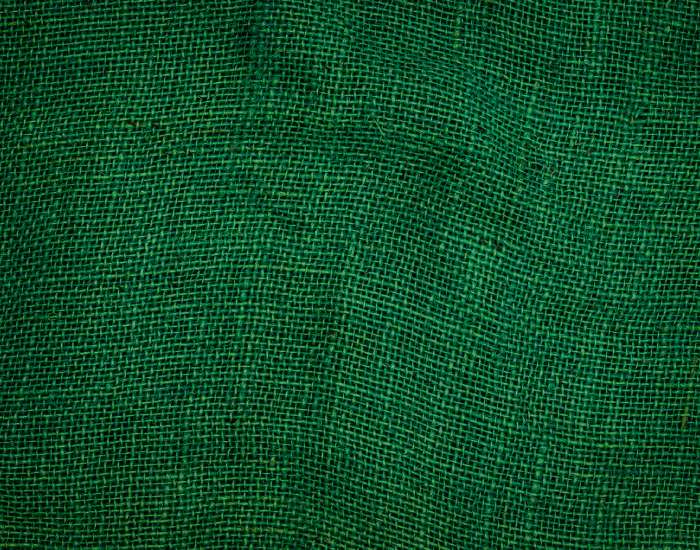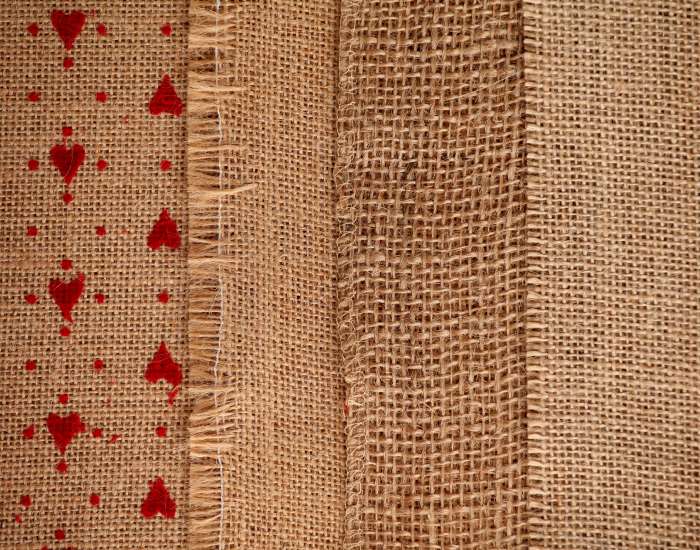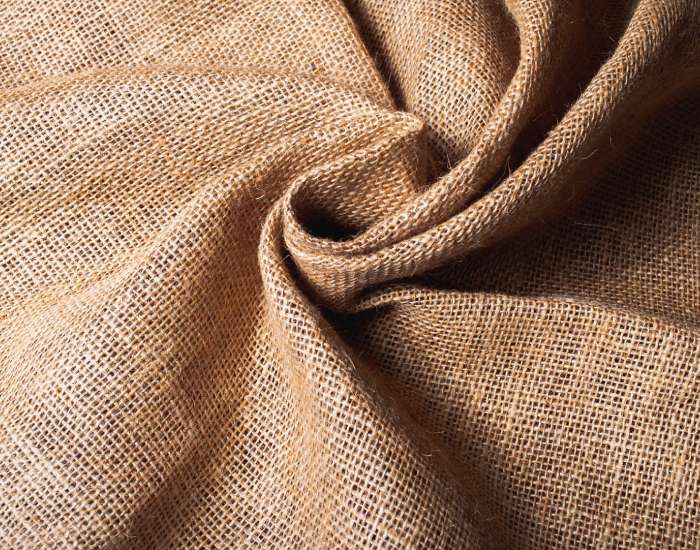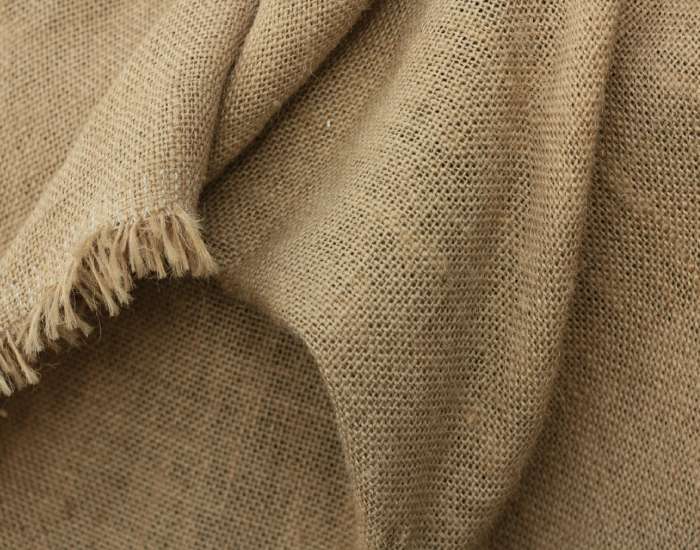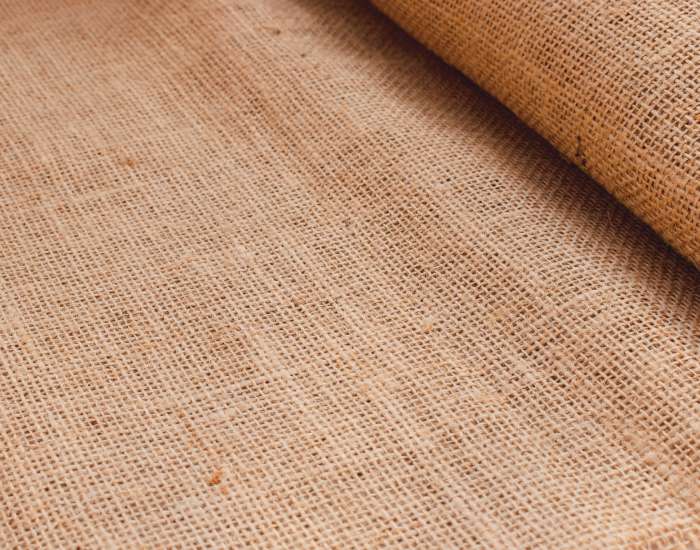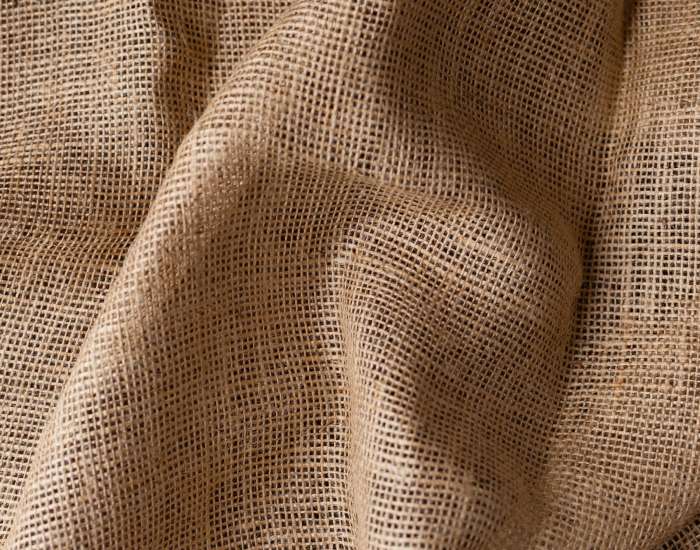Jute Fabric
When jute is mentioned, most people first think of the good old jute sack. But jute has much more to offer. With one of the main cultivation areas in India, the plant is grown and processed in traditional ways. No pesticides, fertilizers or genetic modifications are used on the plants. The plant with the rough appearance and the special shine is also called “Golden Fiber”.
Jute is used in a variety of ways. For example, in the construction industry as geotextiles to protect against soil erosion, in the automotive industry and in road, civil engineering and horticulture as filter material. Sacks and so-called big bags made of the breathable fibers are particularly suitable for transporting and storing materials and food. The natural look and the good color adaptability of the jute make it the perfect packaging and decoration material. Not to forget the textile industry. Pure or mixed with other fibers, jute can be used to make wonderful home and commercial textiles, garments and bags with a special appearance and properties.
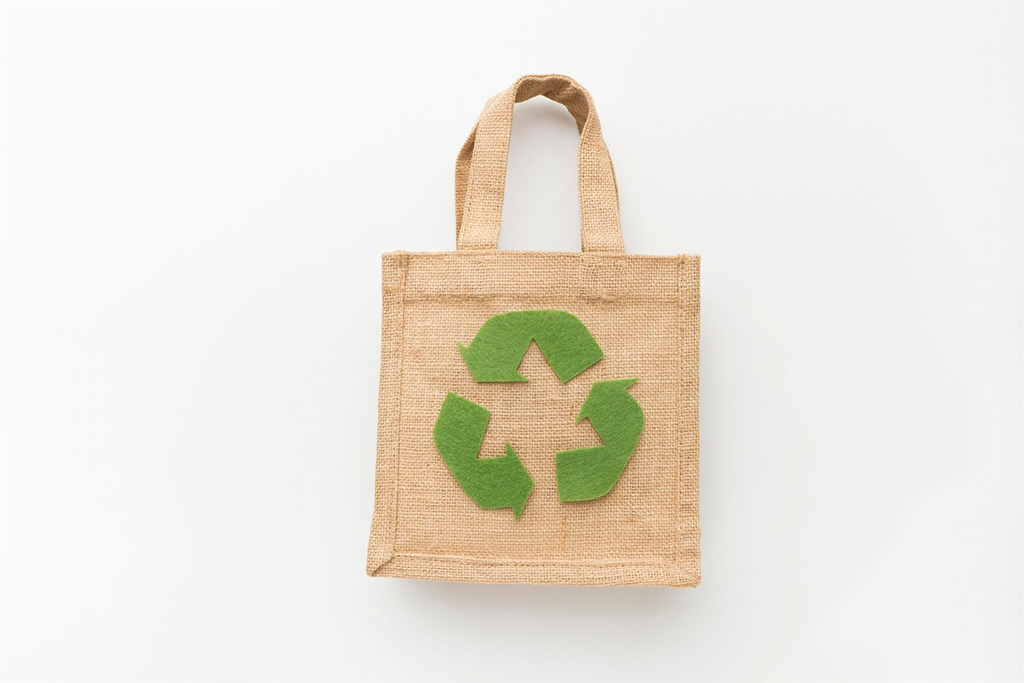
What Makes Jute So Special!
- Fully biodegradable (compostable)
- Robust, fast-growing plant
- Heat-resistant, durable, tear-resistant
- Breathable
- 100% natural fiber, 0% pesticides, fertilizer or genetical modification
- Altogether, a sustainable natural product






